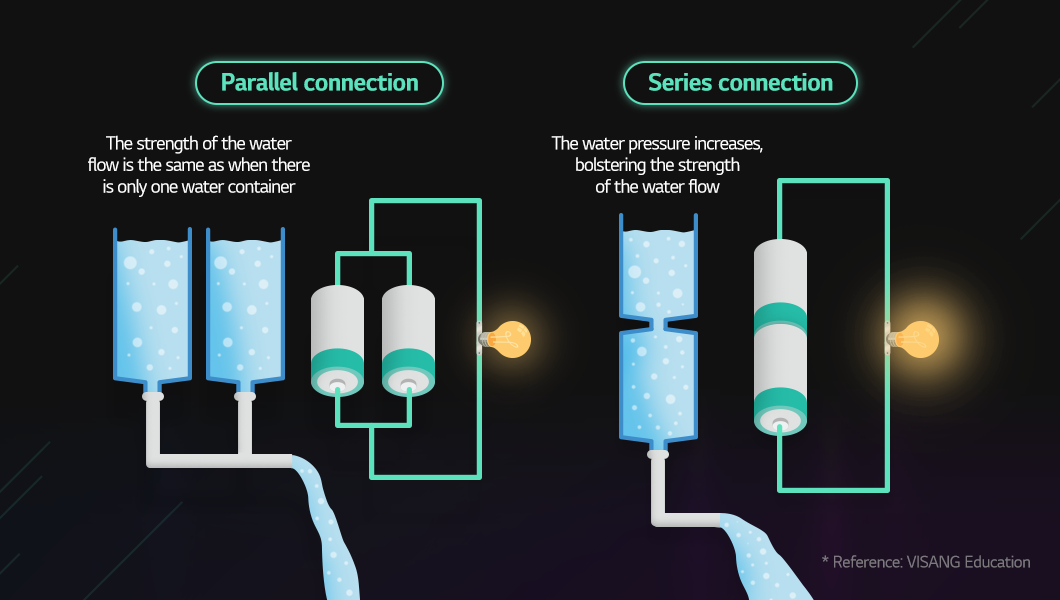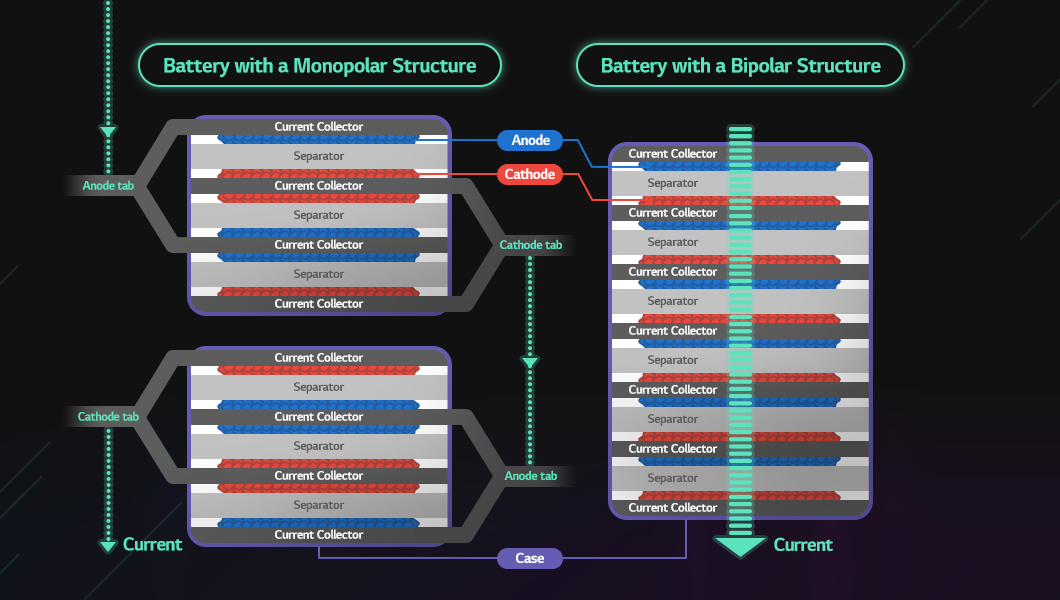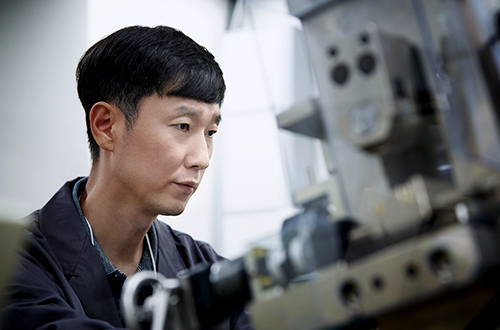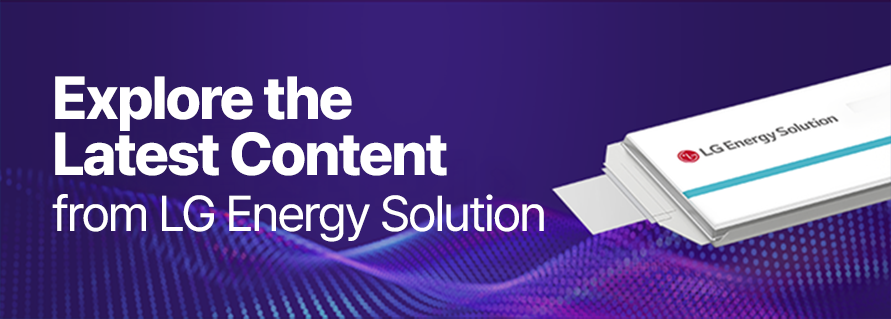
The demand and aspiration for more efficient batteries continue to grow. The concept of efficiency encompasses not only performance but also cost competitiveness, with current trends in battery development aligning with this trajectory. In other words, technological development for extending the driving range of electric vehicles (EVs) and reducing costs is the core research priority in contemporary battery research.
With this trend, bipolar batteries are garnering significant attention. We will delve into the fundamentals of bipolar batteries and explore the potential benefits of their transformative technologies that can enhance space utilization within packs through cells connected in serial structures and reduce the number of components to as low as one-fifth of conventional designs.
Parallel and Series Connections in Batteries

Do you recall learning about parallel and series connections for batteries in your early school years? A parallel connection links batteries by connecting the same electrodes—cathode to cathode and anode to anode—and then connecting them again. This configuration allows current to flow through multiple paths, leading to a more intricate structure.
In contrast, a series connection links batteries by connecting opposite electrodes—cathode to anode. This configuration allows current to flow through a single path, simplifying the flow and enabling higher voltage compared to a parallel connection. It is often compared to connecting multiple water tanks, where linking them increases water pressure, causing a stronger water flow.
Bipolar batteries leverage this series structure in battery cell configurations, simplifying the cell structure and facilitating high power output.
High-Voltage Bipolar Batteries Using Series Structures

Lithium-ion batteries can be categorized based on electrode structure into the widely used ‘monopolar structure’ and the ‘bipolar structure,’ which is gaining attention. The monopolar structure involves applying cathode and anode slurries to their respective cathode and anode current collectors, and then welding at the monocell level for parallel connections within the cell. This represents the typical structure of lithium-ion batteries that we commonly recognize.
The bipolar structure, on the other hand, places the cathode and anode on the top and bottom of a current collector and stack the electrolytes of the cell stack after separating them. In other words, it features a layered structure where the materials forming the bipolar cells are stacked inside a single large case. As shown in the image, the bipolar structure enables the implementation of a series connection simply by stacking each electrode. This provides the advantage of achieving the desired voltage based on the number of stacked electrodes within a single case.
However, there are technical challenges, such as ensuring that the electrolyte is not shared within the single case and functions only between each pair of cathode and anode. In addition, electrolyte leakage may lead to short circuits. Therefore, the key technical challenge of the bipolar structure lies in determining how to precisely process and implement the appropriate type of electrolyte.
Simplifying Pack Structure and Components Using Bipolar Cells
Earlier, we observed that the current flow tends to become relatively complex in parallel connections and simpler in series connections. In the case of the monopolar structure, independent cells arranged in parallel must be connected in series through external connections. As a result, the electron transfer path becomes longer, and under high charge and discharge conditions, thermal characteristics may vary across different parts of the cells.
In contrast, the bipolar electrode structure enables a series connection simply by stacking multiple electrodes without the need for separate external connections. This enables a highly simplified configuration of battery packs, including 800V systems specifically designed for electric vehicles. Consequently, it enhances structural efficiency and significantly lowers costs by streamlining components and reducing their quantity. Furthermore, electron transfer occurs only in a vertical direction, which reduces resistance and ensures uniform thermal characteristics, thereby simplifying cell thermal management within the pack.
As a result, the bipolar structure increases cell space utilization at the pack level and reduces the number of components, enhancing energy density while also streamlining the manufacturing process and lowering costs.
LG Energy Solution’s Roadmap for Bipolar Battery Development
LG Energy Solution is accelerating its research into bipolar batteries with bipolar processing technology to reinforce its leadership position in the next-generation battery market. The company’s Future Technology Center has officially initiated research and development (R&D) to implement bipolar structures in both semi-solid and solid-state batteries. Its goal is not merely limited to prototype production but to secure the technologies necessary for the full commercialization of next-generation batteries and eventually lead to large-scale mass production.
With the commercialization of bipolar processing, LG Energy Solution aims to strengthen its product competitiveness. We look forward to witnessing how these innovations will propel next-generation battery technologies to new heights.





